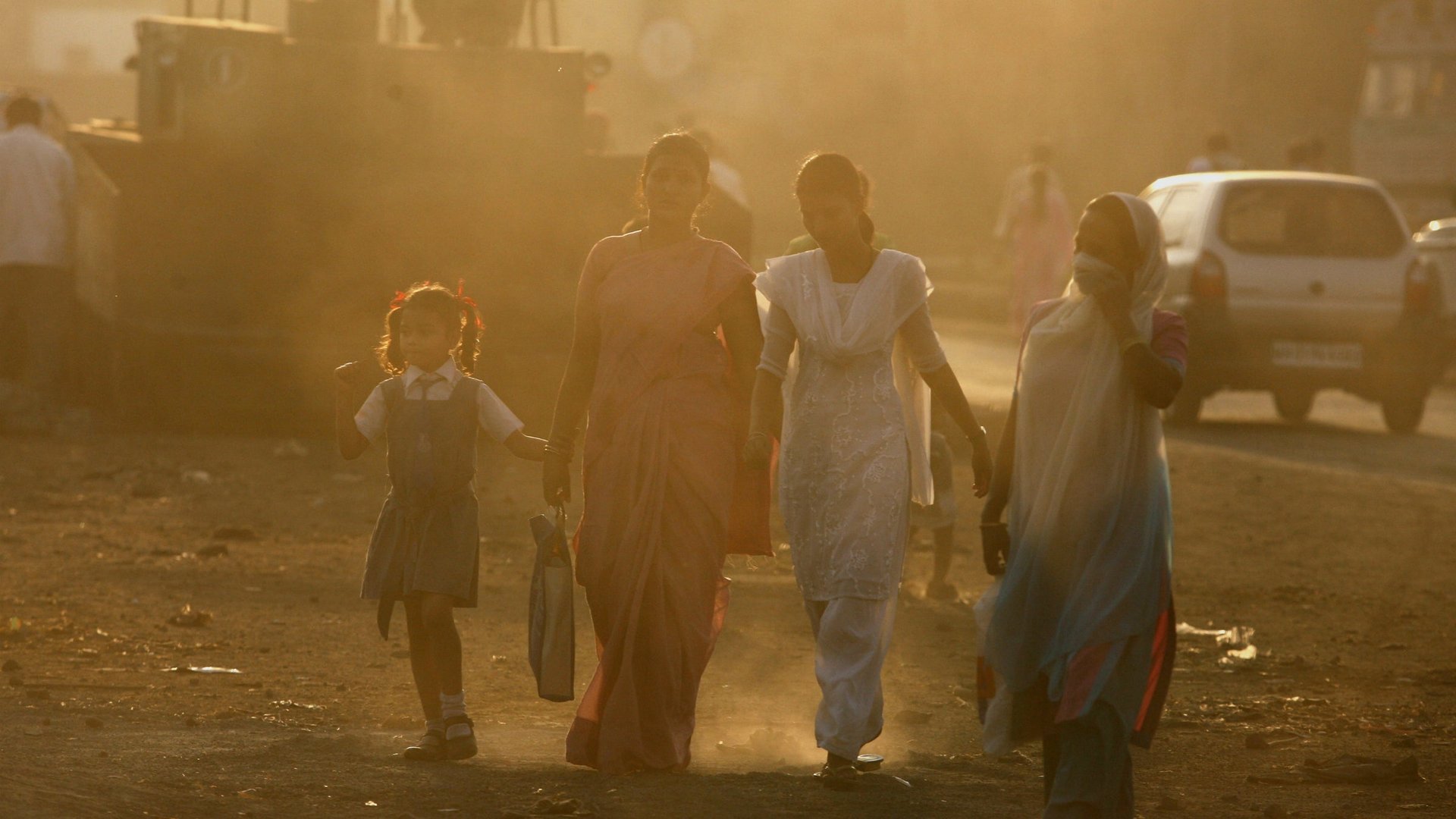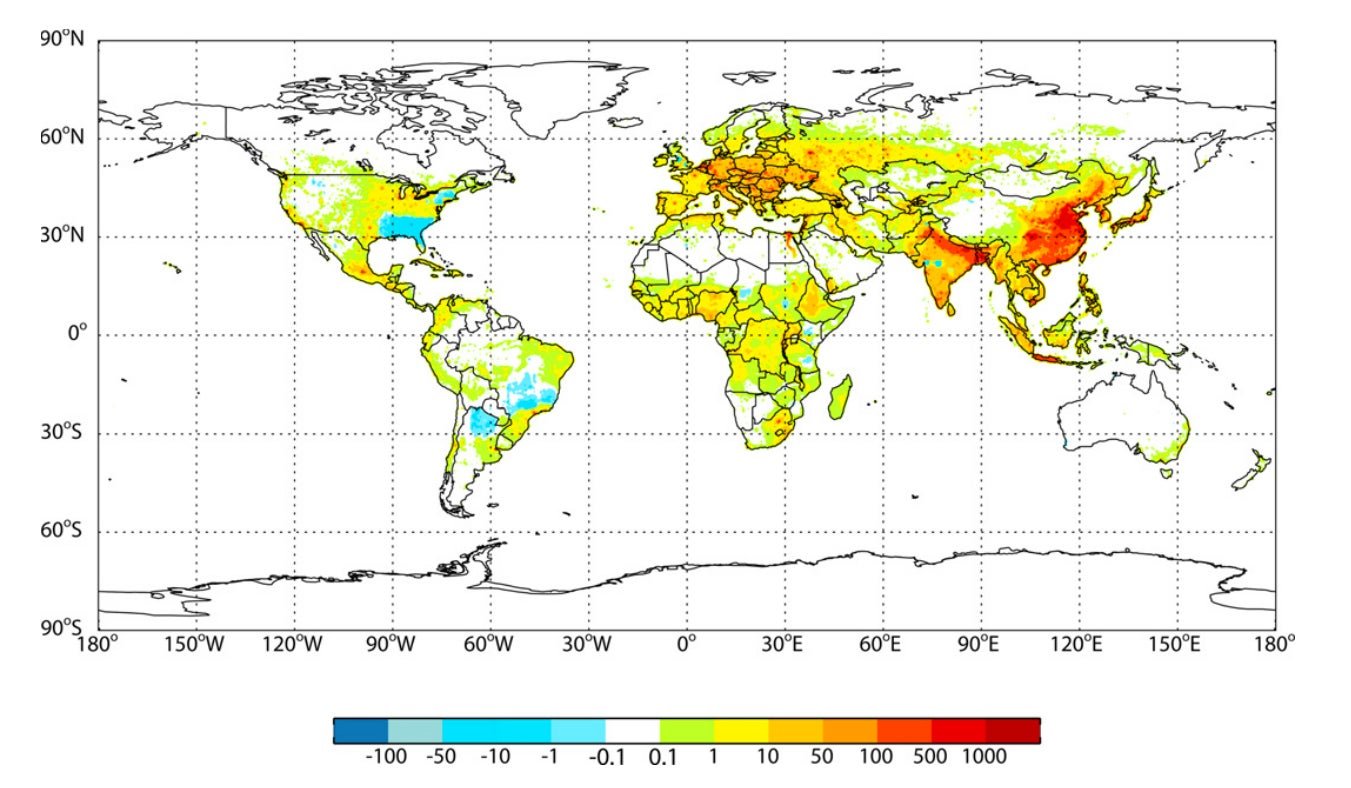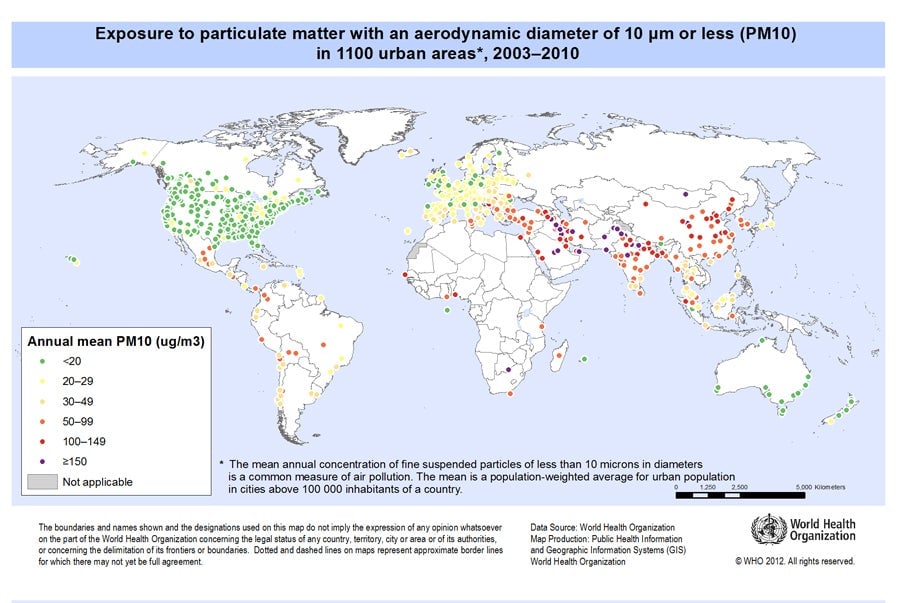Air pollution is killing as many as 2.4 million people each year
No one looks up at the smog-enshrouded skies of Beijing or New Delhi and thinks they’re healthy. But until recently, quantifying the impact of air pollution on human health has been, well, hazy. As a result, governments have been lax on the pollution spewed by cars, factories and power plants.


No one looks up at the smog-enshrouded skies of Beijing or New Delhi and thinks they’re healthy. But until recently, quantifying the impact of air pollution on human health has been, well, hazy. As a result, governments have been lax on the pollution spewed by cars, factories and power plants.
Here are some clarifying revelations that might change that: recent research shows that northern Chinese lose 5 or more years of their lives thanks to air pollution. Globally, air pollution kills up to 2.4 million people a year around the world, according to new research (pdf) comparing simulated air particle concentrations from 1850 and 2000.
Unsurprisingly, perhaps, the majority of those deaths are in East Asia and India, where pollution is unusually heavy. The researchers estimated that as many as 1.24 million East Asians and 549,000 Indians die from breathing toxic air each year. Europe, the Former Soviet Union and Southeast Asia have high mortality rates as well. Here’s a look at that:

Around nine-tenths of air pollution-related deaths are caused by cardiopulmonary disease, the rest by lung cancer.
But though 2.4 million might sound appallingly high, the body count is likely a lot higher. The researchers based their analysis on simulations from the year 2000. But air pollution has worsened considerably since then, particularly in countries like China (pdf) and India. Here’s a map from the World Health Organization that compiles more recent data on global rates of particulate matter:

The researchers also note that since they limited their study to adults aged 30 and older, they may be underestimating the “true burden.” They’re probably right. As we discussed recently, it evidently doesn’t take years of inhalation to be felled by air pollution; infants in northern China are dying at alarming rates as well.